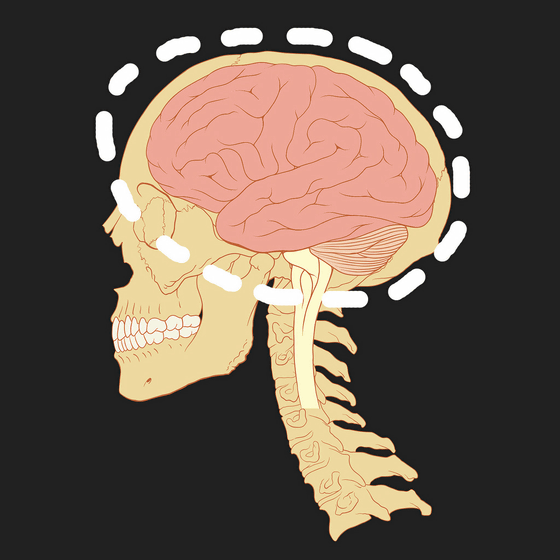Three steps to change "weakness" to "strength"

ByAaron Escobar
The New York Times'sBest SellersBusiness social scientist who has ever appeared inJoseph GrenieHe introduces three steps to change weaknesses to strengths.
A 3-Step Plan for Turning Weaknesses into Strengths
https://hbr.org/2017/01/a-3-step-plan-for-turning-weaknesses-into-strengths
◆ Step 1: Recognizing important moments
Human weaknesses are usually caused by gaps with recognition and gaps in ability and actions of themselves. If you have a presentation that you have to prepare but you do not have the power to do it and just continue checking your inbox, it's because it happens because the way you prioritize it is not going well It does not mean. These behaviors are actions deeply habituated to humans that are executed in response to negative emotions such as "worry", "insufficient power", "fear". It is possible to improve the negative behavior that negative feelings cause, that is, "weakness" that the person has, such as "The result of the test is bad, so that the study study becomes depressed and it can not be handled easily for study".
The first step to confronting "weaknesses" that respond to negative emotions is that the instantaneously caused by negative emotions such as "worry" and "fear" is "useless behavior, that person's weakness It is to be aware that it is ". It is important to pay attention to time, place, social situation, mood, physical condition, etc. and to look at the act of trying to connect himself to a bad result, and that moment is the "important moment for himself It is said that it is.

ByJoe Penna
◆ Step 2: Designing planned training
Anders Ericsson, a Swedish psychologist who continues to study 'the difference between super-first-class and just top-notch' which is also the source of the "rule of ten thousand hours", shows that the human learning curve is steepest Study showed that it is time to engage in "planned training". Also, psychologist Albert Bandura proved that if a human continued training correctly to overcome weaknesses, this could be overcome.
From the results of the research presented by the two psychologists, if you notice the "critical moment (step 1)", set the skills you want to master and change the weaknesses into strengths by performing systematic training can do. What is important here is that planned training should be conducted toward "skills that you want to master". For example, if you want to improve the skills of conversation, you need a precise plan to acquire skills, such as facing others and telling them what they want and what they want to share.

BySecurity & Defense Agenda
◆ Step 3: Develop emotional ability
Also, when conducting planned training, it is necessary to incorporate training of "skills to manage emotions" inevitable when confronted with their own weaknesses. Simply trying to reform your behavior when you feel fear or unpleasant feelings on yourself will not succeed in correcting actions or acquiring skills.
It is necessary to find a way to make it more enjoyable acts that you feel uncomfortable or to find ways to minimize them. By doing so, you will be able to re-educate the brain little by little what kind of emotion you hold in the "important moment" that was deeply habituated in the brain That's right.

ByJ E Theriot
Recognizing at what timing "important moment" visits to you, find the opportunity to do the planned training and take action to remove emotional obstacles that disturb learning of skills By doing so, it becomes possible to change your own weaknesses into strengths.
Related Posts:
in Note, Posted by logu_ii







